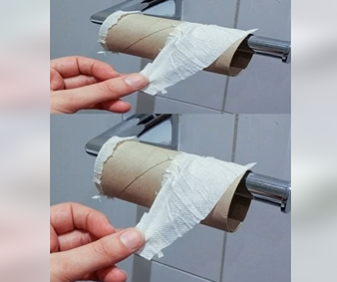Toilet paper has been a daily household staple since the 19th century, when Joseph Gayetty first introduced it.
Yet today, this product is under increasing scrutiny for its environmental and health impact. Its large-scale production requires the cutting of millions of trees, contributing to deforestation and pollution.
Beyond environmental concerns, researchers have raised questions about certain chemicals detected in paper products, sparking wider discussions on safety and sustainability.
As awareness grows, alternatives are gaining attention. Washing with soap and water, a practice already common in many parts of the world, is considered more hygienic and environmentally friendly. Bidets, long a standard in Japan and parts of Europe, are experiencing renewed interest thanks to modern features like adjustable water flow and built-in dryers. Even reusable fabric options have emerged, designed to be washed and reused to significantly reduce waste.
Transitioning away from traditional toilet paper is not without challenges. The upfront cost of bidets, cultural habits, and infrastructure limitations in public spaces often slow widespread adoption. However, the long-term savings, combined with potential health and environmental benefits, continue to encourage individuals and communities to reconsider their options.
Ultimately, moving beyond disposable rolls could improve hygiene standards, reduce strain on forests, and support global sustainability goals. What was once considered a non-negotiable part of daily life may soon be reimagined, reflecting a broader shift toward greener, healthier living.
